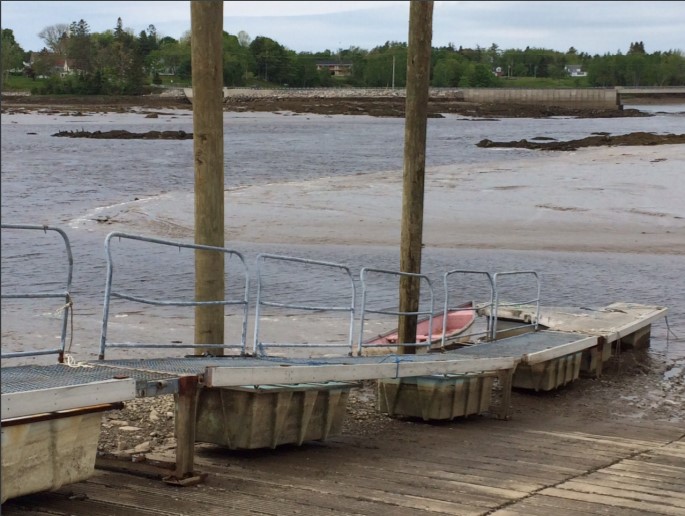NOAA Helps Maine Communities Assess, and Expand, Working Waterfront Economy
The Takeaway: NOAA’s economic-analysis resources and workshops uncover the power of working waterfronts.

Officials from Maine cities and towns have used coastal economic tools and expertise from NOAA to analyze the socioeconomic strengths of their working waterfronts. Findings in hand, these officials are working to maximize the waterfront economy by recruiting new businesses, improving comprehensive plans, and applying for grants to enhance infrastructure and economic development, as shown below.
Assessing a town’s waterfront value
In the Maine Town of Milbridge, two improvement projects completed upstream from a public pier and boat launch had contributed to rapid sediment buildup at these structures, making them unusable in mid-to-low-water conditions. To justify spending that would help fix the problem, town officials sought to analyze the rapid sedimentation and assess the impact of these closures on marine industries and the community.
Shore and Harbor Management funding from the Maine Coastal Program enabled the Town of Milbridge to move forward on the analysis. Aiding the analysis was NOAA’s Economics: National Ocean Watch tool, presented during an Estimating the Local Marine Economy training. Self-employment data sets also were used from the Atlantic Coastal Cooperative Statistics Program.
Study findings revealed that the “living resources” and “ship and boat building” economic sectors were greatly affected by the closure of the pier, and that these impacts were more significant in the area served by the Milbridge pier than in other parts of coastal Maine. The study also uncovered the closure’s potential economic impacts on local marine industries.
Leveraging the waterfront’s socioeconomic power
For Maine officials of several other communities, an economic analysis workshop helped participants pinpoint the economic strengths of each community’s waterfront, and sparked ideas on enhancing these strengths. As a result, the City of Portland’s Economic Development Department documented the wide-ranging industries that benefit from the waterfront, with the aim of recruiting future businesses. The Sunrise County Economic Council quantified all the community benefits of local commercial fisheries. And the Washington County Council of Governments used workshop insights to advance waterfront grant proposals, local comprehensive plans, and maritime management updates.
NOAA’s Office for Coastal Management led the workshop, collaborating with the National Working Waterfront Network and Maine Sea Grant on a new method for obtaining local waterfront economic data. (2018/2022)
Partners: Lincoln County Regional Planning Commission, Maine Center for Coastal Fisheries, Maine Coastal Program, Maine Sea Grant, National Working Waterfront Network, Town of Milbridge
PRINT